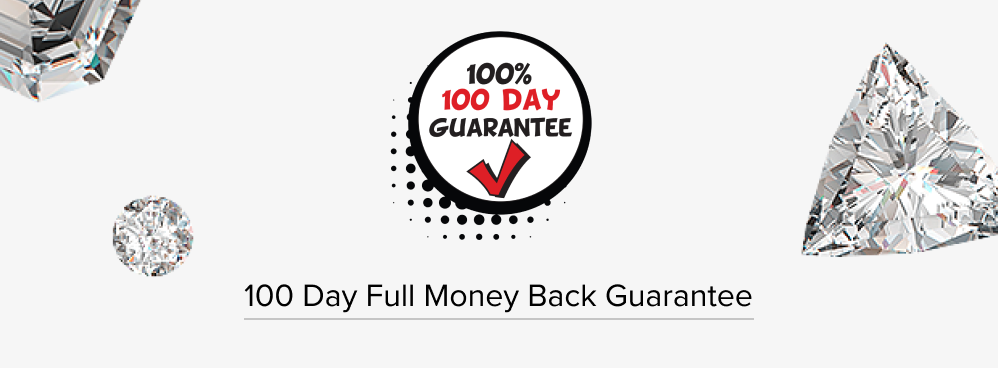
How Did Lab Grown Diamonds Come About?
The first known lab created diamond was produced in the 1950’s by General Electric. Though they were able to create a diamond, it was too small and was not considered gem quality. Through years of continuous adjustments, they finally mastered this process and can now mass produce gem quality type stones that are sold by jewelry retailers around the world as laboratory grown or synthetic diamonds.
What are Lab-Grown Diamonds?
Even though lab grown diamonds visually look and have the same chemical composition as natural diamonds, they are not entirely the same. It only takes a few weeks to create a synthetic diamond in a lab, this quick growth process makes them easy to identify using proper tools. It is legally required to disclose whether a diamond is lab grown or natural.
<Watch how to test for a lab-grown diamond>
Lab grown diamonds have been a hot topic in the jewelry industry the past couple years. They are being sold as a cheaper alternative to earth born diamonds. Though the price of a lab grown is significantly less, it doesn’t mean it’s better. There’s a reason why lab diamonds are so much less.
Why do laboratory-grown diamonds cost less?
When something can be massed produced and made in unlimited quantities, the price and value decreases significantly. Between 2016 and 2022, the price of laboratory grown diamonds fell more than 70% and the price keeps dropping. Natural Earth Born diamonds have always held their value and on average increased by 3% each year. Just ask yourself, what makes a diamond so special?
Steven Singer Jewelers will never sell lab grown diamonds because we do not feel they are real diamonds. We believe that what makes a real natural Earth Born Diamond so special isn’t about what they are made of, but how they are made. Real diamonds are formed within the earth under the perfect amount of heat and pressure millions to billions of years ago making them rare, unique and the oldest thing you will ever hold. You can’t say the same about lab grown!
<Click here to read more about the history of lab-grown diamonds on the IGS website>








































